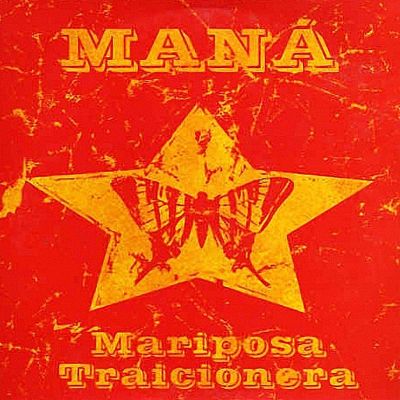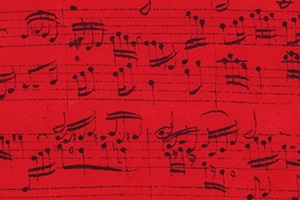SONGWRITER
Mariposa Traicionera: meaning and flamenco roots of Maná's top hit

Mariposa Traicionera by Maná
Mariposa Traicionera is one of the best-known tracks by Maná, a multi-awarded Mexican quartet whose flexible style organically combines a wide variety of genres including pop-rock, Latin, and reggae. In 2003, the song became their first number-one hit in the US by topping major Latin charts for six months.
The song title can be translated from Spanish as "treacherous butterfly," while deeply poetic lyrics paint an image of the jealousy-induced romantic suffering experienced by a man who fell in love with a cheating woman—a social butterfly always flying between flowers.
The unambiguous and perhaps overly explicit music video for Mariposa Traicionera was filmed at a raunchy nightclub in Buenos Aires and has been censored in most Latin American countries. On this occasion, drummer Alex González later stated, "We pushed the boundaries with that video (...) but we were just showing another reality."
Watch Mariposa Traicionera by Maná:
The chord progressions used in Mariposa Traicionera reveal a simple yet skilful application of the classical theory canons, which largely explains the song's outstanding success. The verses follow the key of F minor and show the chord chain typical of flamenco music: Fm–Eb–Db–Ab. This musical turnaround can be considered a variation of the so-called Andalusian cadence that forms the core of many flamenco styles. In the choruses, the key masterfully switches to F major, thereby creating a powerful contrast and emphasizing the emotional polarity conveyed in the lyrics.
Discover more songs composed in Aeolian minor mode and check out their harmonic analysis in the following articles:
- 6 songs combining harmonic minor and Aeolian mode
- 8 songs to introduce Aeolian mode and natural minor scale
- Livin' la Vida Loca: why is Ricky Martin's best song so catchy?
- Locomotive Breath: fine groove born from Jethro Tull's studio session
- Shaman's Blues: quintessential The Doors song refined their most controversial album
- A Dios le Pido: Juanes' Spanish lyrics behind the song success
- I Shot the Sheriff: Burnin' spliff nearly destroyed Bob Marley's original recording
- El Farsante and 7 more songs by Ozuna in Dorian and Aeolian modes




Hi Serg,
Great article about this wonderful Mana song. The chord progression and some of the melody are taken/inspired by a great old tune called Gema https://youtu.be/2xYtdMo80mA
Since you wrote about, thought it would be a fun little side note for you.
Thank you
Hi Gabriel,
Thanks for this curious addition.
I can also hear similarities in melody and phrase rhythm in these two songs, even though they are written in different keys. The harmonic progressions of the choruses can be considered the same, but the four-chord chains accompanying the verse are composed slightly differently.
In the harmonic analysis of Gema verse chord chains, the scale degrees (denoted with Roman numerals) show the following progressions in the key of C minor: Cm–Bb–Ab–G or i–VII–VI–V. That is, the Gema verse completely follows the canonical version of Andalusian cadence, while Mariposa Traicionera verses are built on the i–VII–VI–III progression. These two sequences are similar in nature as the final chords of the fifth and third degrees are very similar in structure.
Personally, I prefer how Gema handles the modulation to the major key in the transition from verse to chorus.